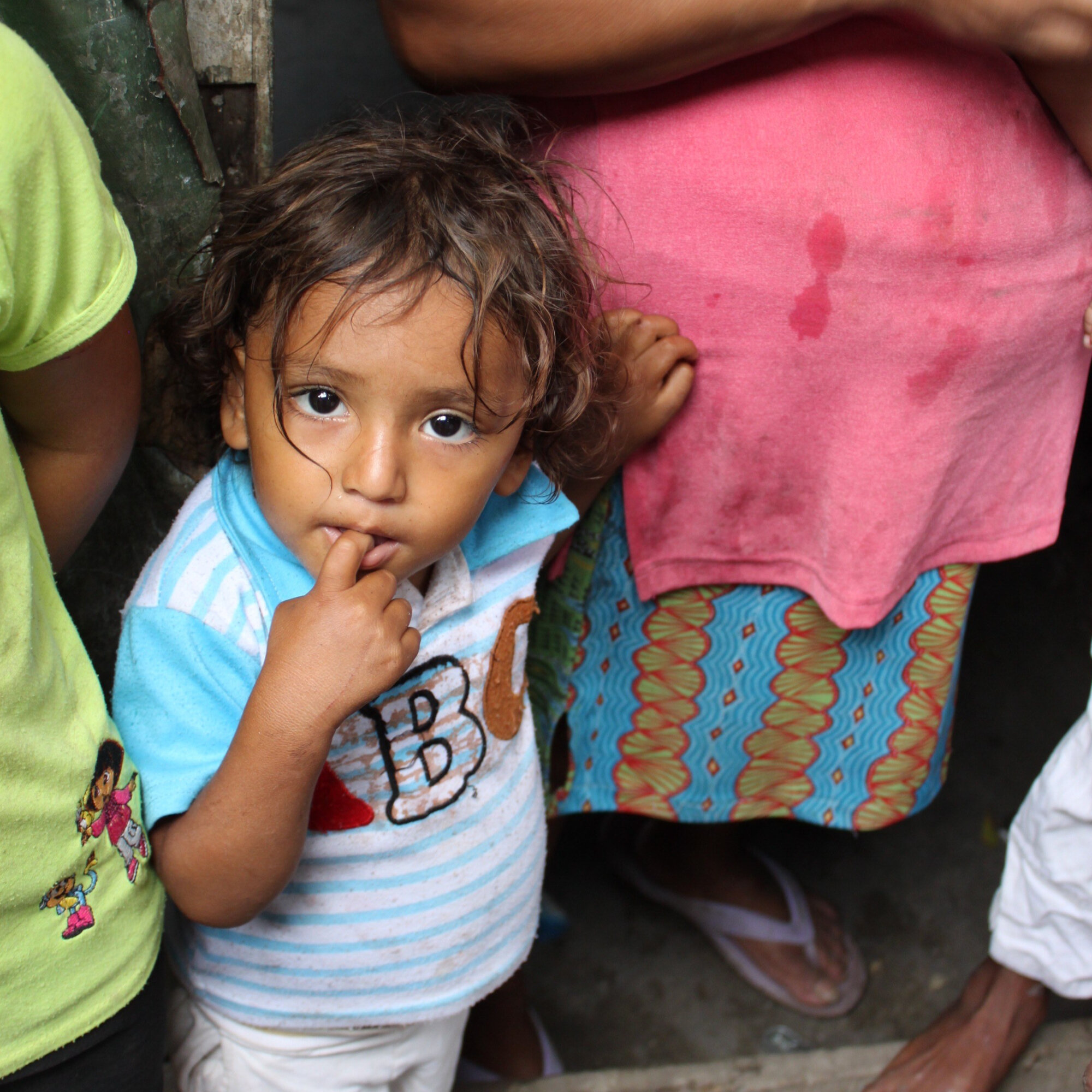COVID-19 Devastates an Already Poor Honduras
The every day reality for many Hondurans is difficult to grasp for many who have not experienced the poverty for themselves. It’s often easy to become lost in the frenzy that COVID-19 has created, and to forget to consider those who no longer have shelter to come home to.
A New York Times article released on Friday mentions a mother who is forced to live on the street and beg for donations to feed her two children, because the government ordered
offices and schools in Tegucigalpa, Honduras to close in an effort to contain the pandemic; a decision we are also familiar with. Unlike many of us who read this blog today, those who worked day to day on the street selling water, crops and other necessities now live on those same streets with no means of shelter, food, or protection from infection. Roughly 40% of the population was already living in extreme poverty, with half of those living on $1 or less a day, according to data from the national statistics institute. The Times also sites the Honduran government has been delivering care packages of basic foodstuffs door-to-door and have reached 3.2 million people. This fact is highly suspicious according to those who actually live in Honduras and not seen or heard of any personal delivery from the government of this sort. It is at best very inaccurate and at worst, not even true.
Here in the U.S., we have also experienced our own healthcare system become overwhelmed from the sudden spike in patients who require treatment for COVID-19. Unlike many of our facilities, public Honduran hospitals reach above maximal capacity daily, without the sudden influx COVID-19 has created. In speaking with 2 owners of a clinic in San Pedro Sula, Patricia and Juan Sorto emphasize the severe deficit from these implications. They explain that for the 1 million people who live in the Northern part of the city, there is a single public hospital that can provide care. This hospital is built to treat at maximum, 2,000 patients at a time. Due to insufficient resources, this hospital is forced instead to treat up to 22,000 patients. Patricia and Juan own a private clinic of their own, though have decided to treat only a few patients in order to protect themselves from infection. They do not have the equipment necessary to protect themselves or their patients.
Many doctors and nurses have died due to infection from treating patients without adequate protection. It is important to note that they do not only have a shortage of supplies, they have completely run out of many necessary supplies. N-95 masks are the gold standard to protect against the virus, you can visualize Ernesto Sorto wearing one at the conclusion of this post, which showcases how drastically supplies diminished in only weeks. They also experience many of the same shortages we have experienced in our healthcare system, such as respirators. Many materials they use are meant to be used once and disposed of, though because of resource insufficiencies they are forced to reuse masks, gowns, respirators and more multiple times … without the sterilization measures mandated here in the states.
In discussing poverty with the Sorto family, Julie and I were left with a lot to think about. When asked what they thought Honduras could benefit from most, they replied resources and more hospital space to treat patients. Aside from this pandemic, these shortages and overwhelmed healthcare system exist at baseline. A quote which continues to stick with me came from a grandmother, who is primary caregiver to a young child, who fell ill. She is responsible for working 7 days a week, in order to feed the both of them. When this young boy approached his grandmother to tell her of his illness, she very genuinely replied, “Would you like to go to the clinic today, or would you like to eat food today?”.
All incoming donations to Heart4Honduras will go directly to families in need of food during this inconceivably devastating time.




